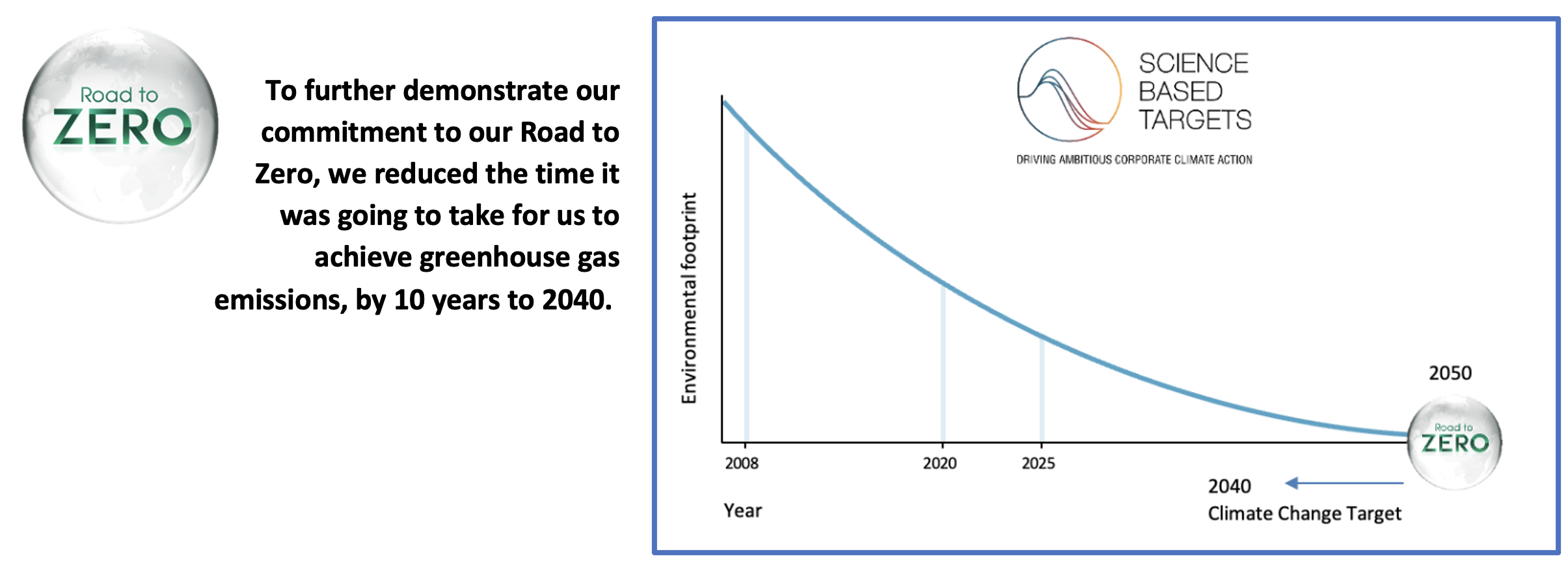
Judging by the great feedback that we’ve received about this series of articles on flexibility, the ideas explored here are resonating deeply with corporate and education executives, managers, integrators and end users as they’re navigating changing technology landscapes. The most forward-thinking folks with whom we’ve been talking are indeed adopting best practices around flexibility. They’re empowering workers with more flexible schedules, location options, and even career paths and empowering the entire enterprise with new more flexible AV technology tools on both the hardware and software side. They’re even enabling a better and similar experience and level of engagement for attendees regardless of their location; designing a better “room” for each employee that leverages data to fine-tune both the room and the enterprise. They’re creating seamless platforms that engage almost instantly when needed and can be customized for the end user organization, to avoid cumbersome logins and stuttered starts to meetings and reduce costly truck rolls.
If you’re reading this, I’m sure that you’re incorporating these new best practices for AV system flexibility and working hard to give your teams the tools they need to succeed. As a technology first adopter you’re also looking to get ahead of the curve, not just react to challenges as they appear in your path. I’m wrapping this series by encouraging you to look with fresh eyes at a major trend that will drive AV on many levels going forward. What is that deep, wide trend?
Sustainability is Key to Greater Flexibility and Beyond
If your initial reaction is to assume that when someone mentions big-picture trends they’re just jumping on another popular bandwagon, think again. Not only is sustainability more of an industry driver than you think, it’s also about dynamics that you probably did not realize were at play, especially in the AV and AV/IT world.
In every industry, in educational facilities, and in civic and government offices a new focus on sustainability is driving the design and use of all spaces and all systems. It starts with recognizing the importance of eco-friendly product design and reduced power consumption resulting in energy savings. LEED Certification (Leadership in Energy and Environmental Design) has also become a globally recognized framework for energy efficiency and environmental quality in building operations and maintenance, and mindful AV solutions are helping buildings to attain this important designation.
A good way to illustrate that is to look at what Sony is doing, leveraging its global leadership position across many channels to both follow established best practices and create new ones going forward. For example, Sony’s global environmental plan, called Road to Zero, is about achieving a zero environmental footprint throughout the life cycle of our products and business activities. We launched Road to Zero in 2010 with the intent of aiming for zero environmental footprint by 2050 and set a series of specific goals based on four environmental perspectives and six product life cycle stages.
The four perspectives of the Road to Zero include reducing greenhouse gas emissions, conserving resources by eliminating the use of virgin materials, careful management of chemical substances, and protecting biodiversity to maintain balanced ecosystems. Drilling down further, it’s about actual products and their life cycle. Sony defines the process from the time when products and services are planned to the time when they are recovered and recycled as “life cycle” and sets goals for each of six stages:

To address those ambitious goals, commitment, as well as creativity, is needed. And it’s more than just lip service. I’m proud to say that we’re accelerating our efforts to further reduce our footprint by 2025—ahead of schedule—and have implemented the Green Management target, with the Road to Zero goal always in our sights. To achieve this final goal, Sony sets medium-term environmental targets every five years and employs science-based targets to drive climate-related objectives. Green Management 2025 is our latest set of targets and we’ve adopted flexibility as a key strategy in that goal. How? We’ve reduced the time it was going to take for us to achieve greenhouse gas emissions by 10 years.

Perhaps less obvious but even more important to customers is how AV industry leaders are pursuing the more creative aspects of sustainability. Examples include using the same technology for different purposes – such as collaboration and digital signage as we explored in the fourth article in this series. And there is no better example of creative thinking about sustainability than leveraging the synergies of an empowered workforce, and better AV/IT ecosystem flexibility to create better enterprise efficiency. That’s the driving force behind not just Sony’s products, and specifically, our BRAVIA Professional Displays but also our Alliance Partner program, which brings together multiple vendors to deliver a complete AV ecosystem with enhanced productivity and workflow efficiencies. This is an industry-wide effort, designed for those end users who want to go beyond just sourcing disparate products and get closer to ideal, more efficient, more frictionless AV ecosystems.
Finally, sustainability could dictate how successful you are as you market your organization’s services going forward. Increasingly, the marketing math is pretty simple: customers and partners prioritize ethical and sustainable choices and won’t buy your products or services if you have not demonstrated a track record and commitment to achieving sustainability goals. The good news is, sustainability and flexibility work hand-in-hand, and if you navigate the challenges well, using new best practices, you’ll be on a win-win path for your organization and for the planet.
I hope you’ll visit our Tech Tuesday’s Webinar Series playlist for more on why sustainability is essential for AV Operations. Hear from me, as well as Sony Corporation’s Environmental Director, Keiko Yokoyama, USC’s Learning Environments Director, Joe Way, SAVe Sustainability in AV Founder and President, Christina De Bono, and Sony’s Senior Sales Support Engineer Karim Springer.
And check out SAVe Sustainability in AV for more on the first industrywide U.S.-based organization to bring stakeholders in the AV field together to take concerted action to achieve the 2030 Sustainable Development Goals (SDGs).







